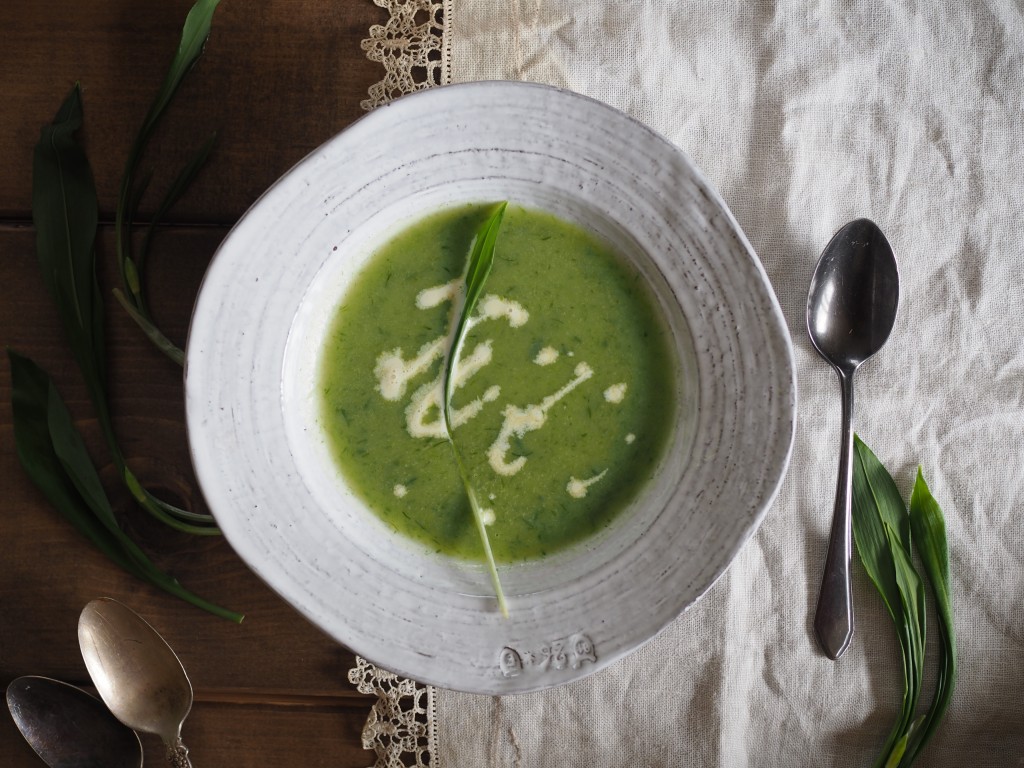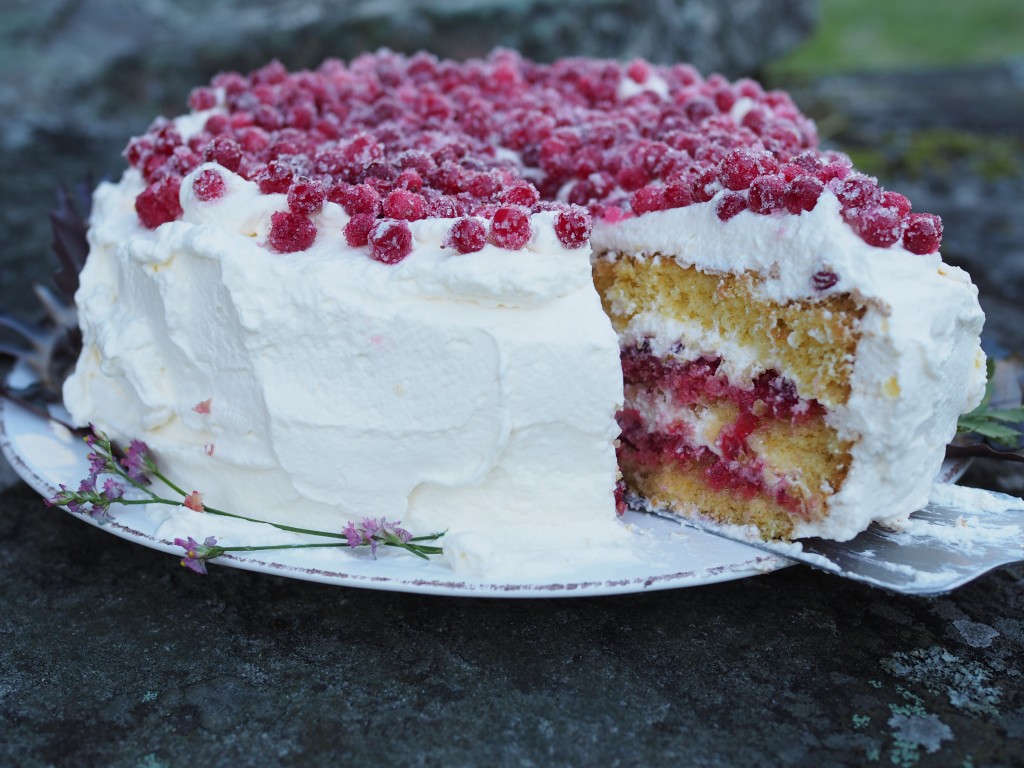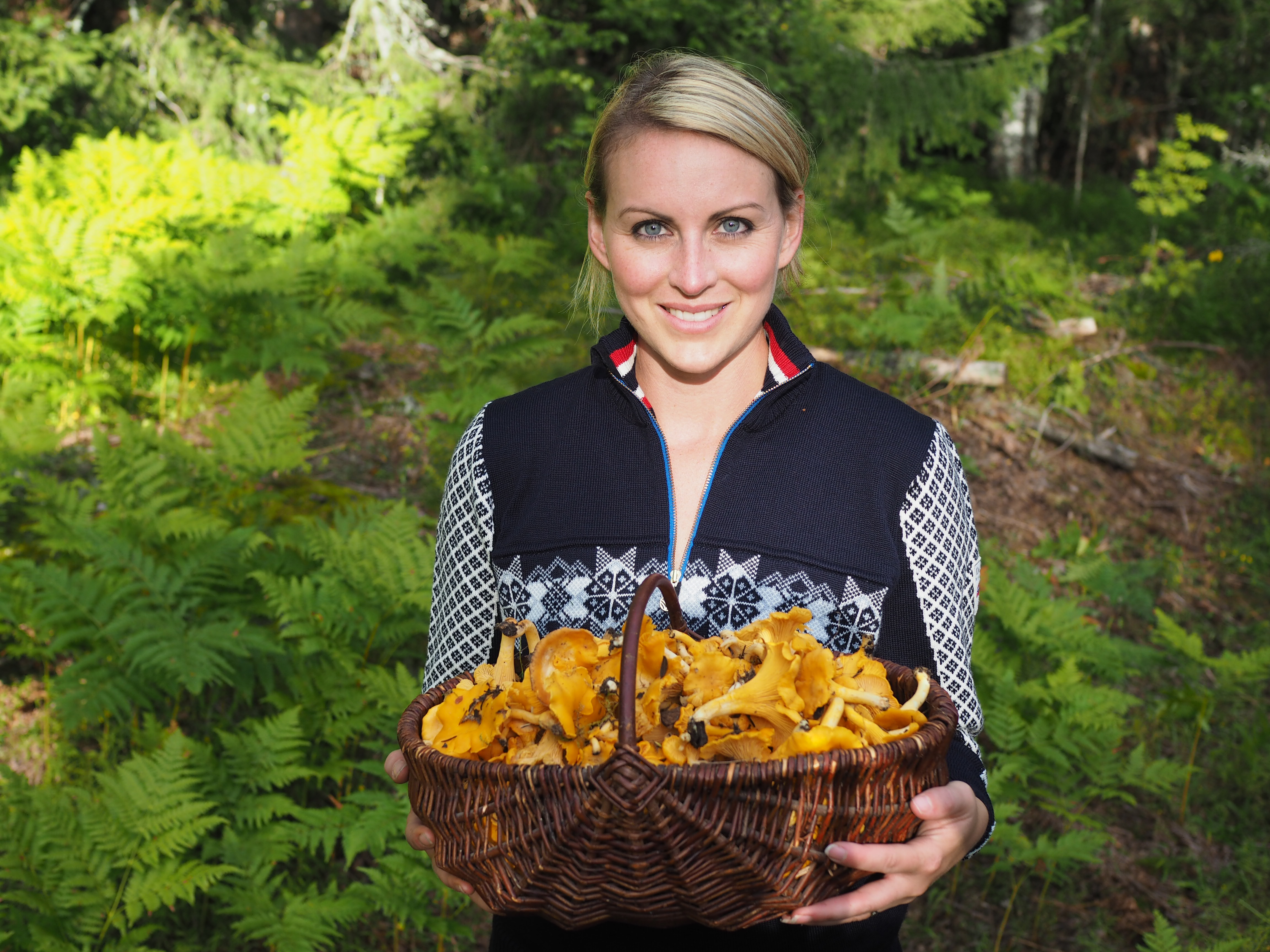Bereits zum siebten Mal hat das renommierte amerikanische Food-Magazin “SAVEUR” besondere Food-Blogger mit den SAVEUR Blog Awards ausgezeichnet. Zum Blog des Jahres wurde diesmal überraschenderweise ein Neuling aus Norwegen gewählt: North Wild Kitchen von Nevada Berg.
Nevada Berg stammt eigentlich aus Utah, wohnt allerdings jetzt mit ihrem norwegischen Mann und Sohn in Norwegen. Dort hat sie ihre Liebe zur norwegischen Cuisine entdeckt und besonders die traditionelle Küche hat es ihr angetan. Sie kombiniert Familien-Rezepte mit ihren eigenen Ideen, experimentiert und kreiert. Die Rezepte sind auf North Wild Kitchen nach Jahreszeiten sortiert, denn Nevada kocht nur saisonal und lokal. Ihr aktuelles Rezept “Jordskokksuppe” lässt einem bereits beim Lesen das Wasser im Mund zusammen laufen und die wunderschönen Fotos laden sofort zum Nachkochen ein. Wir haben uns mit Nevada über ihren Blog, Kochen und Norwegen unterhalten und uns von ihr inspirieren lassen.
How did your blog come about?
I have always been fascinated by food history and culture. As an adult, my curiosity and interest in food took over and I began with greater fervor to learn about techniques and flavours. I started to develop my culinary interests more while living in multiple countries and was able to see food as a common thread in every culture, which we can all relate to. I learned to appreciate different methods of cooking and the importance of understanding where our food comes from, as well as the history and stories behind the recipes. It was quite natural to then combine my interests in food culture with my hobbies of writing and photography to relate my food experiences to others. The idea to start a blog had been in my mind for some time, but it wasn’t until we moved to Norway that it really became clear what kind of food blog I wanted it to be.
Why are you blogging about traditional Norwegian food? What is fascinating about it?
Historically, Norwegian food could be described as simple and unimaginative. In a country with a vast amount of produce and livestock (including mushrooms, wild meats, fresh fish, wild berries and herbs), it is interesting how a more exclusive and renowned food culture did not integrate itself into the everyday Norwegian cuisine.
Yet, to understand Norway’s food culture is to also understand the country and its history. Many factors have played a part, including lifestyle (laborious and hard), religion and wealth. But what we can take from the past, are valuable methods and strengths in cooking. From smoking, to preserving, to storing and hunting. Survival enabled enduring processes from which we now are going back to so we can learn from them and remember what a fish cooked off of a stone over a hot fire in the middle of the forest tasted like. And, as we are blessed to live in abundance and have a knowledge of and access to food and methods from around the globe, we can integrate both the past and the present into an innovative and inspired meal. That is, by every definition, Norwegian because the products are locally sourced, and the tastes describe the evolution of the Nordic plate.

What was most challenging about cooking in Norway?
We live quite far from the city and have limited access to a wide range of ingredients. But having said that, we do have an immense landscape from which we can get most of our food. So the challenge is using what I have access to and being creative from that.
How important is seasonal and regional food for you?
Very important. My blog posts are written to reflect the seasons, but since Norway can have quite harsh winters, preservation has always played an important role. Curing meats, making flatbreads, canning, and storing are the methods that enabled people to survive during the winter. You will see this reflected in the blog, where the ingredients I use in the winter have been preserved in some form. I also find it extremely important to support local producers and tell their stories on the blog. They are the artisans, so it is imperative to promote and encourage locality of ingredients as much as possible.
What is your favourite ingredient and why?
I don’t think I could possibly pick a favourite because I have so many and the more I try new dishes, the more I discover an inclination for other ingredients. I suppose though, I do look forward to the first of the rhubarb stalks in the spring. I have so many fond memories of eating rhubarb as a child, and I love the way Norwegians utilize rhubarb in their cooking.
Which of your recipes should we try out next weekend?
There’s always room for cake, so try my Tyttebær Bløtkake (lingonberry layer cake) or Eplekake (apple cake)! If you want something heartier go for Farikal, Norway’s national dish of lamb and cabbage. And for nibbles, try my Pear, Blue Cheese and Honey Tart or Chanterelle and Goat Cheese Skillet. And because it’s getting colder, why not just swish it all down with some Cardamom Hot Chocolate!

What can we expect from you in the future?
Next year, I am planning on offering Norwegian food experiences with themes that include foraging, traditional baking, butchering and beer, and Medieval/Viking. There will also be day cooking courses, with traditional and non-traditional dishes.
Be sure to follow along on the blog and Facebook, Instagram, Pinterest and Twitter for traditional Norwegian recipes, stories from local producers, new twists on Norwegian ingredients and updates for next year’s courses!
We sure will. Thank you so much.
Blog: northwildkitchen.com
Facebook: facebook.com/North-Wild-Kitchen
Twitter: twitter.com/Nevada_NWK
Instagram: instagram.com/northwildkitchen
Pinterest: pinterest.com/northwildkitche/
All pictures: Nevada Berg

 Foto: North Wild Kitchen
Foto: North Wild Kitchen 


Pingback: Rezept: Kvæfjordkake im Glas - Besser Nord als nie! Rezept
Pingback: North Wild Kitchen - Die traditionelle Küche aus Norwegen - Besser Nord als nie!